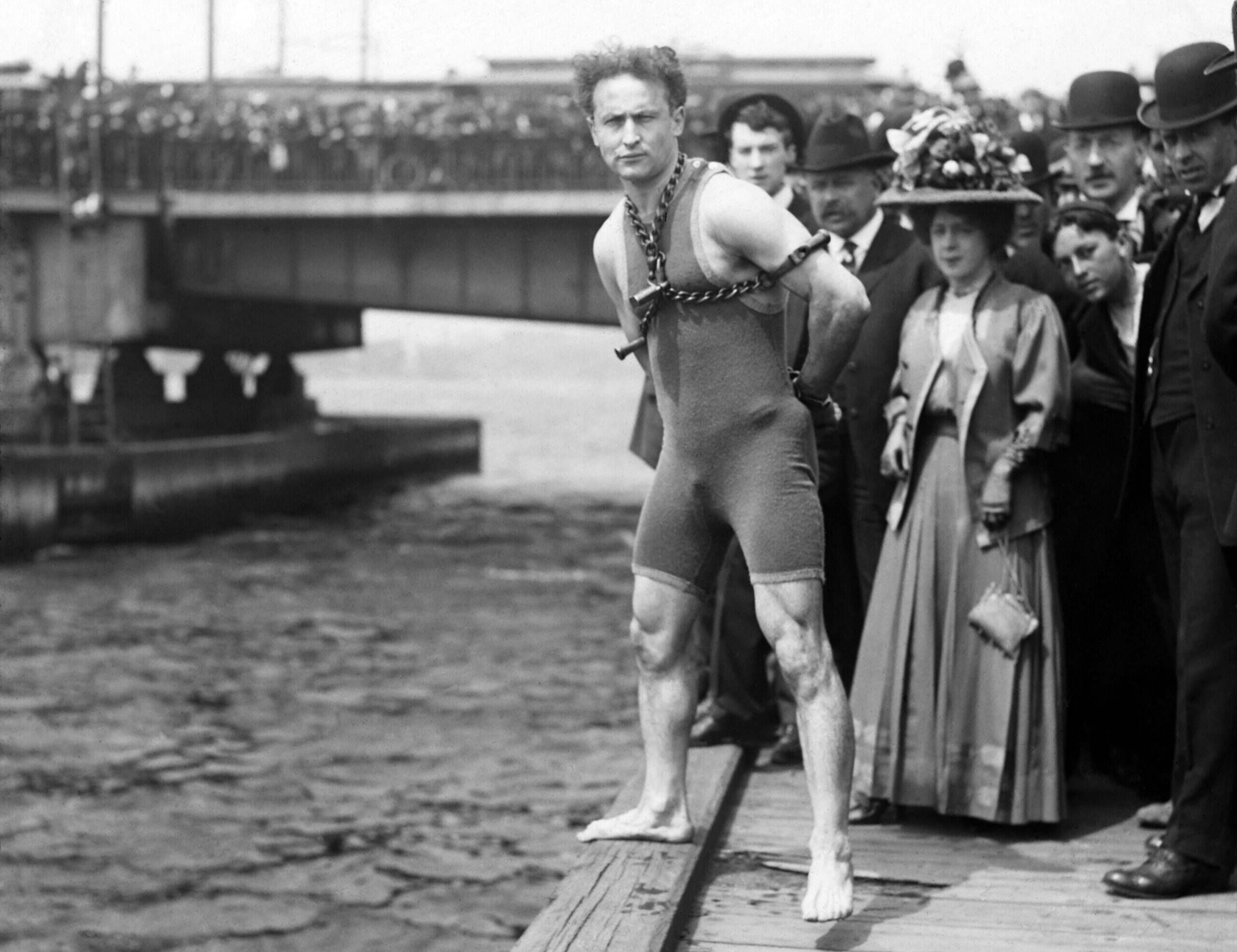
The Maori Haka is more than just a dance; it's a powerful expression of identity, strength, and cultural heritage. Originating from the indigenous Maori people of New Zealand, the Haka serves multiple purposes, from intimidating opponents to celebrating life. But what makes the Maori Haka so significant? This traditional performance involves synchronized movements, rhythmic chants, and fierce facial expressions, creating a mesmerizing spectacle. Whether performed at ceremonies, sports events, or modern celebrations, the Haka continues to captivate audiences worldwide. Dive into these 25 facts to uncover the rich history, types, and cultural impact of this iconic Maori tradition.
Key Takeaways:
- The Maori Haka is a powerful dance that celebrates strength, identity, and cultural heritage. It has different types and purposes, and plays a significant role in Maori culture, preserving their identity and traditions.
- The Haka has a rich history and continues to be relevant today. It is deeply intertwined with Maori culture, serving as a vehicle for storytelling, community bonding, and preserving their cultural heritage for future generations.
The Origins and Purpose of the Maori Haka
The Maori Haka is more than just a dance. It's a powerful expression of identity, strength, and cultural heritage. Let's dive into its origins and purposes.
-
Origin of the Haka
The Haka traces back to Maori legend. One of the earliest renditions was performed by the tribeswomen of chief Tinirau to identify a priest named Kae, who had killed Tinirau's pet whale. They made Kae laugh, revealing his crooked teeth. -
Purpose of the Haka
The Haka serves multiple purposes. It can assert strength, intimidate opponents, communicate cultural identity, motivate warriors, or celebrate life. -
Traditional Performance
Traditionally, the Haka was part of rituals when two parties met or when welcoming a visitor. It involved synchronized movements, rhythmic chants, and fierce facial expressions like bulging eyes and sticking out the tongue.
Types and Famous Hakas
There are various types of Haka, each with its own unique style and purpose. Some are more well-known than others.
-
Types of Haka
Different types of Haka exist, each with a specific purpose. For example, the Ngeri Haka motivates performers and spectators, while the Manawa wera Haka is associated with death and funerals. -
Famous Haka: Ka Mate
The most famous Haka is "Ka Mate," composed around 1820 by Maori chief Te Rauparaha of the Ngāti Toa Rangatira tribe. It celebrates Te Rauparaha's escape from a tribal war. -
Performance by the All Blacks
The All Blacks rugby team performs the Ka Mate Haka before each match. This performance celebrates life over death and showcases Maori heritage and pride.
Cultural Significance and Traditions
The Haka is deeply embedded in Maori culture, reflecting their traditions, beliefs, and values.
-
Birthplace of the Haka
The birthplace of the Ka Mate Haka is Opotaka, a small old pa site between Turangi and Tongariro National Park. Visitors can see old kumara pits and interpretation panels about the Haka. -
Quivering Hand Movements
Quivering hand movements in many Haka performances reflect the Maori legend of the Sun God, Ra, and his summer maid, Hine-Raumati. The quivering symbolizes the shimmering heat of summer. -
Maori Posture Dance
Maori posture dance involves the entire body in rhythmic movements, including swaying, slapping the chest and thighs, stamping, and gestures of stylized violence.
Role in Maori Culture
The Haka plays a significant role in Maori culture, serving as a vehicle for storytelling, identity, and community bonding.
-
Role in Maori Culture
The Haka is a vital part of Maori culture, often performed during ceremonies, celebrations, and modern contexts like sports events. -
Tikanga Maori
Tikanga Maori, or traditional customs and protocols, guide behavior in various social and cultural contexts. The Haka is integral to these customs, ensuring performances are conducted with respect. -
Maori Spiritual Beliefs
Maori spirituality centers around gods, ancestral spirits, and connections to the land. The Haka often reflects these beliefs, invoking ancestral spirits and honoring the land.
Artistic Expressions and Community
The Haka is intertwined with other forms of Maori artistic expression and community values.
-
Maori Tattoos (Moko)
Maori tattoos, known as moko, hold deep cultural and spiritual significance. They convey identity, status, and genealogy, often depicted in Haka performances. -
Maori Greeting (Hongi)
The hongi is a traditional Maori greeting where two people press their noses and foreheads together. This gesture is often performed before or after a Haka, emphasizing unity and respect. -
Maori Community
The concept of whanau (family or extended kinship group) is central to Maori culture. The Haka reinforces this sense of community by bringing people together in a shared expression of identity and strength.
Oral Traditions and Modern Adaptations
The Haka is part of a rich oral tradition and has adapted to modern contexts.
-
Maori Oral Tradition
Maori have a strong oral tradition, with legends, myths, and histories passed down orally. The Haka uses rhythmic chants and synchronized movements to convey stories and messages. -
Maori Wood Carving
Maori wood carving is a respected art form. Intricate designs and patterns are carved into wood, often depicting ancestral figures and cultural symbols, sometimes incorporated into Haka performances. -
Kapa Haka
Kapa haka groups showcase Maori culture through song, dance, and storytelling. These performances often include the Haka and other traditional forms of artistic expression.
Historical and Modern Contexts
The Haka has played a role in historical events and continues to be relevant today.
-
Treaty of Waitangi
The Treaty of Waitangi, signed in 1840, established a partnership between the Maori and the British Crown. The Haka continues to advocate for Maori rights and cultural preservation. -
Maori Water Sport (Waka Ama)
Maori engage in waka ama, or outrigger canoeing, a water sport deeply rooted in their culture. This sport requires teamwork, coordination, and physical strength, much like the Haka. -
Maori Language (Te Reo Maori)
Te reo Maori is the Maori language, an essential part of their culture. The Haka often incorporates Maori language and phrases, ensuring the performance is authentic.
Identity and Preservation
The Haka helps maintain Maori identity and efforts are made to preserve this cultural treasure.
-
Maori Identity
The Haka instills pride in Maori people by reconnecting them to their ancestors, genealogy, and cultural heritage. It provides youth with a sense of identity and belonging. -
Modern Performances
Various hakas have been composed for women and children. The Haka is now used in contemporary contexts like birthdays, weddings, and other celebratory events. -
Cultural Impact
The Haka has had a significant cultural impact globally. It has been performed at international events and inspired other cultures to adopt similar traditional dances. -
Preservation Efforts
Efforts are being made to preserve the Haka and other aspects of Maori culture. Organizations and communities work together to ensure these traditions are passed down to future generations.
The Enduring Spirit of the Maori Haka
The Maori Haka is more than just a dance; it's a powerful expression of identity, strength, and cultural heritage. From its legendary origins to its modern-day performances, the Haka continues to play a vital role in Maori culture. Whether performed to intimidate opponents, celebrate life, or honor the dead, each Haka carries deep significance. The famous "Ka Mate" Haka, popularized by the All Blacks rugby team, showcases Maori pride on a global stage. Efforts to preserve this tradition ensure that future generations will continue to connect with their ancestors and cultural roots. The Haka's impact extends beyond New Zealand, inspiring and captivating audiences worldwide. As a living tradition, the Haka remains a testament to the enduring spirit and resilience of the Maori people.
Frequently Asked Questions
Was this page helpful?
Our commitment to delivering trustworthy and engaging content is at the heart of what we do. Each fact on our site is contributed by real users like you, bringing a wealth of diverse insights and information. To ensure the highest standards of accuracy and reliability, our dedicated editors meticulously review each submission. This process guarantees that the facts we share are not only fascinating but also credible. Trust in our commitment to quality and authenticity as you explore and learn with us.


